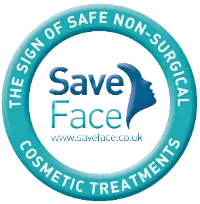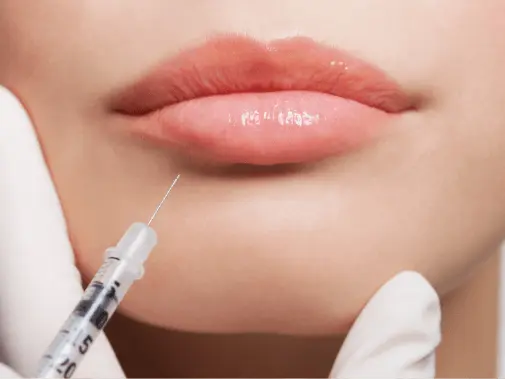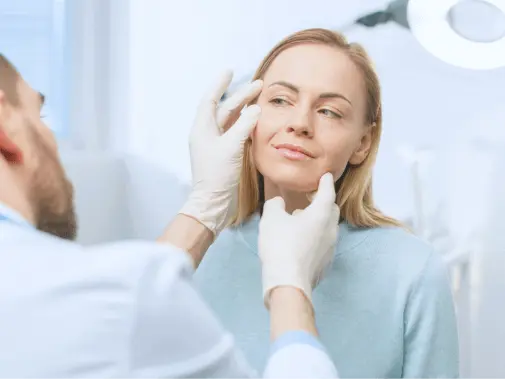Overview
Chemical peels for the face can be used to reduce the appearance of uneven pigmentation, acne and other skin problems, and can rejuvenate sun-damaged skin. It does so by stimulating the growth of new skin cells making your skin appear healthier and younger.
Just like many other cosmetic treatments, chemical face peels are non-invasive and have few side effects, but are quickly effective – much more so than prolonged use of expensive creams that fail to live up to their claims.
The basic explanation of chemical face peels is that they consist of a range of different acids to address skin tone, texture, hydration, congestion and pigmentation. Obvious peeling is not necessary to achieve results.
Chemical peels and facials should always be delivered by a trained professional, and some peels should only be carried out by a physician. You can find a qualified and trusted professional to conduct your chemical peel treatment by searching through Save Face.






